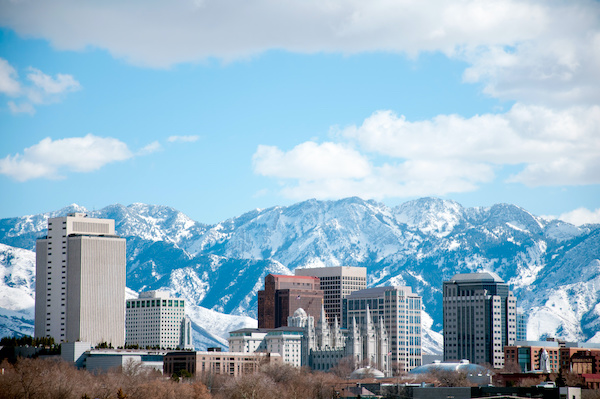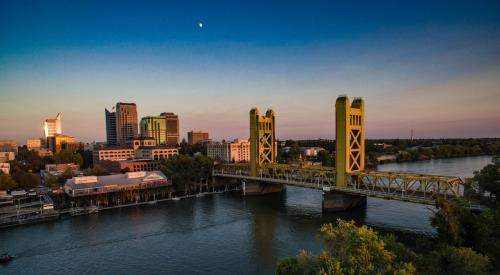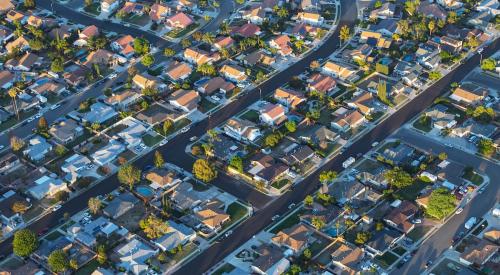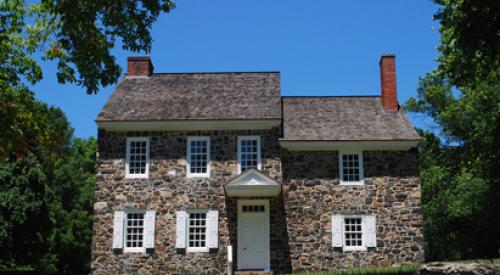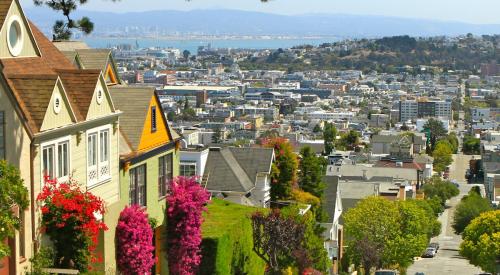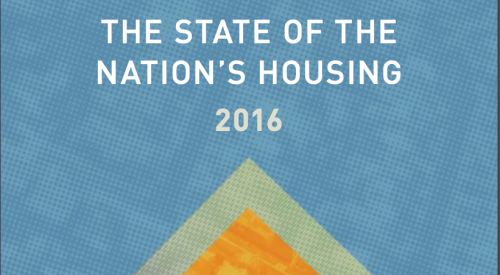The 2010s have been a wild ride for the housing market: We’ve clawed our way back from a housing crash and weathered the resulting recession. As the dust settles, many local housing markets find that they look very different than how they were at the start of the decade. Some cities saw huge jumps in home prices, while others now find houses in alarmingly short supply. If this decade had a yearbook, these cities would be in the running for “Most Changed.”
The housing market is ending the decade in a vastly different place than it began. In 2010, the market was in the middle of its greatest downturn in history: Home values were plummeting and the share of mortgages in delinquency was at an all time high. Heading into 2020, home values have recovered along with the economy, and now many parts of the country are grappling instead with new challenges like high home prices and a lack of homes for sale. Below are the housing markets that have experienced the most dramatic changes over the past decade.
Highest percent increase in home prices: Fort Lauderdale
Florida was one of the epicenters of the foreclosure crisis and experienced some of the biggest declines in home values leading up to 2010. But as the sunshine state recovered from the housing crash, home values also increased, leading to the nation’s largest post-crisis recovery. In Fort Lauderdale, the median home price increased 161% from $106,000 at the beginning of 2010 to $278,000 at the end of 2019. The median home price has more than doubled this decade in Orlando (+127%) and Miami (+106%) as well.
Biggest contrast between increase in home prices and decline in incomes: Las Vegas
Las Vegas, where incomes fell dramatically during the great recession and haven’t yet fully recovered, saw the biggest divergence between home prices and incomes. In Las Vegas, the median home price increased at an average annual rate of 14.1% over the decade, while the median income declined at an average annual rate of 0.4%. As incomes fell, residents could no longer afford to own a home, which caused a simultaneous decline in the homeownership rate from 59% in 2010 to a low of 52% in 2016, followed by a slight increase to 53% as of 2017. Even though the homeownership rate remains low, demand from investors looking to rent out or flip homes has supported high home price growth.
